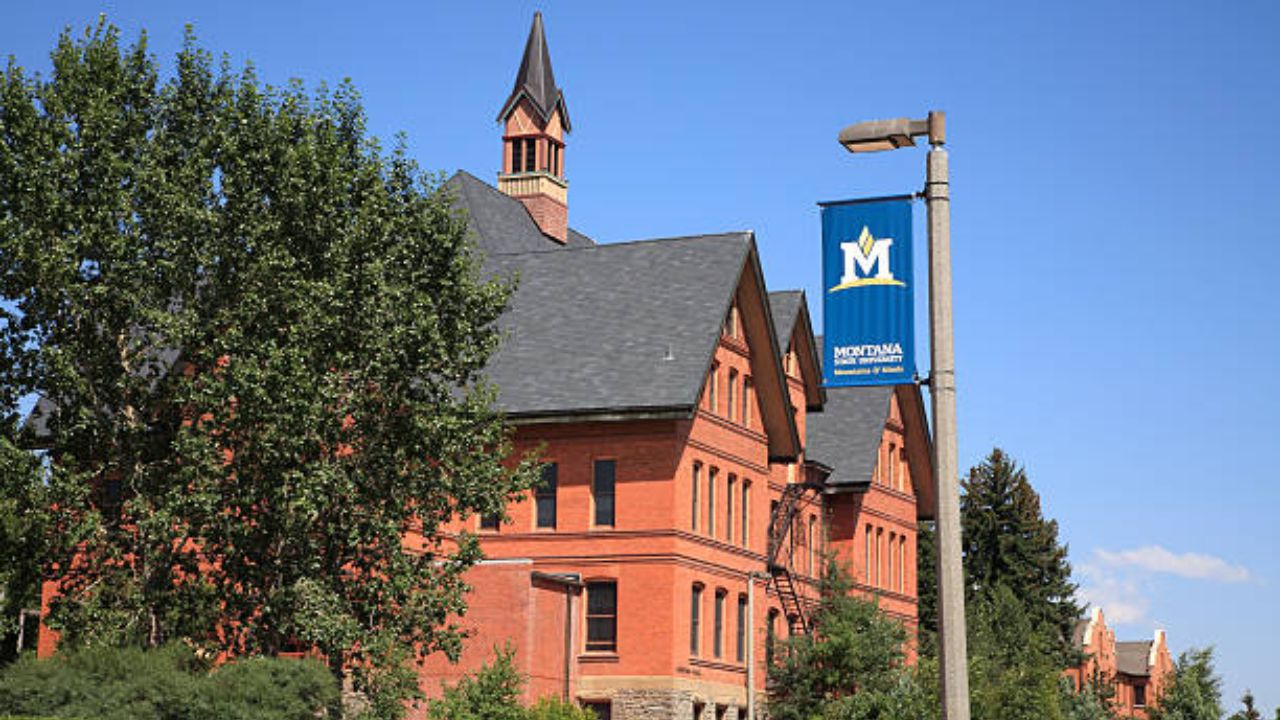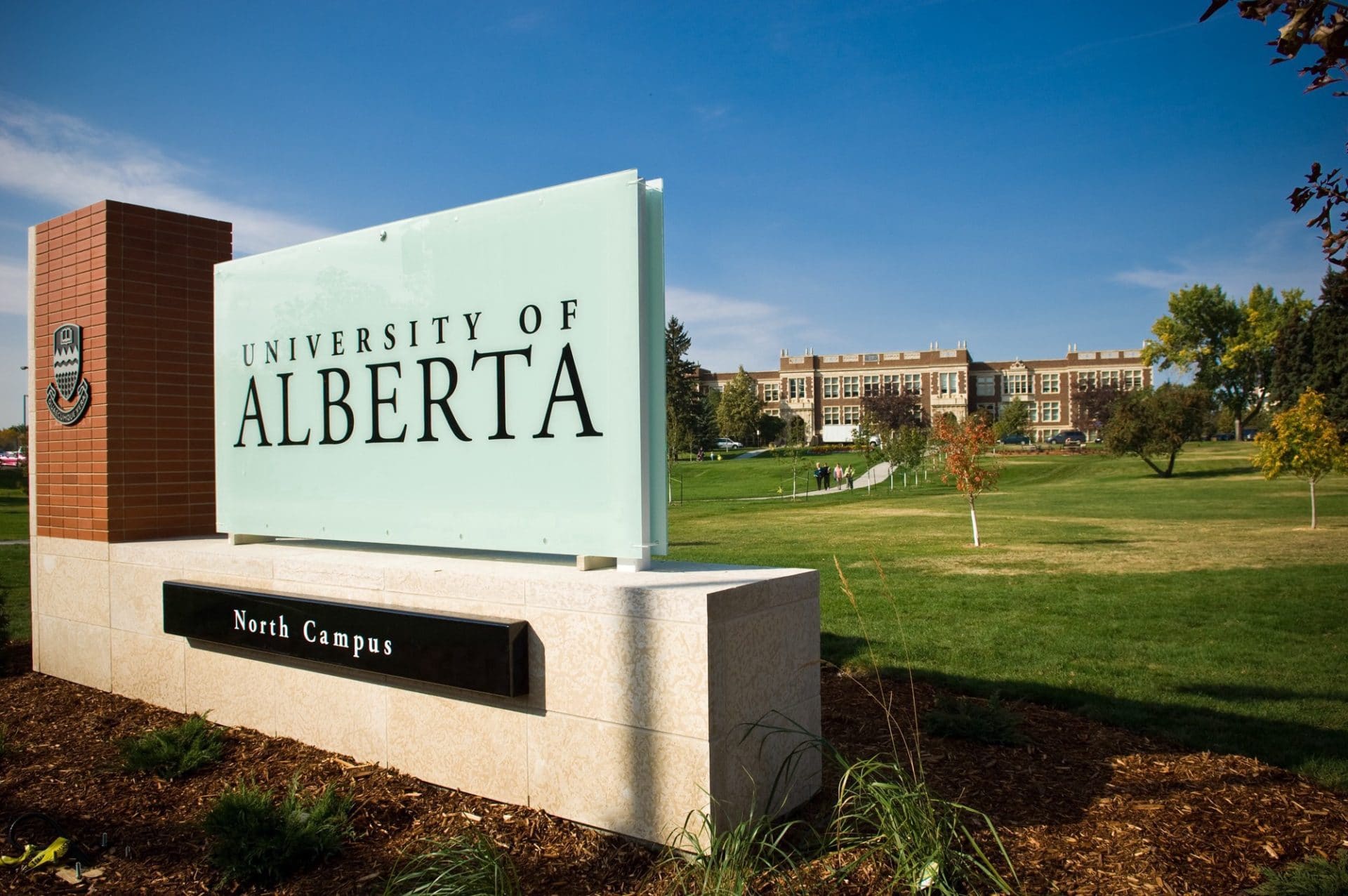You may have heard some discouraging opinions about charter schools, but are they true? Parents are still sending their kids to charter schools, and public schools are not bad either.
However, the charter vs public school debate will always be riveting. So you need to give yourself the correct information about the pros and cons, objective facts, and kids’ performance.
You may not have heard about charter schools, but it exists, and several parents are grateful to it. According to the National Alliance for Public Charter Schools, over 300 new public charter schools opened in the fall of 2017. Furthermore, public charter schools’ enrollment increased by over 150,000 students between 2016- 17 and 2017-18.
This implies that parents are increasingly sending their kids to charter schools. But does this also mean that traditional public schools are experiencing a decline in their enrollment? Definitely not.
The thing is, more parents are beginning to understand the advantage that charter schools offer. They are weighing these advantages over the other options of public and private schools and choosing based on compatibility. Do you have enough knowledge of charter schools to weigh it against public schools?
If no, then this article is for you. Here, we will discuss what charter school is as well as public schools. We would also bring you the charter school vs public school debate, discussing their key facts, performances, pros, and cons. The table below highlights all the essential sub-topics discussed extensively in this post.
Here we go!
Table of contents
- What is a Charter School?
- What is Traditional Public School?
- Charter Schools vs Public Schools Differences
- Who funds Charter Schools vs Public Schools?
- How Much Money is Spent on Students in Charter Schools vs Public Schools?
- Which is Better to Work for, Charter Schools or Public Schools?
- Charter Schools vs Public Schools Facts
- How Many Charter Schools are in the USA vs Public Schools in the USA?
- Charter Schools Performance vs Public Schools
- Charter Schools vs Public Schools Pros and Cons?
- Charter Schools vs Public Schools FAQs
- Conclusion
- References
- We Also Recommend
What is a Charter School?
Charter schools are public schools! But, it is a different kind of public school. Charter schools receive public funds, are started by charter (or contracts), and are semi-autonomous. Although charter schools operate under a written contract with a state, district, or sponsor, they are independent of the school district’s laws and regulations.
Charter schools receive state funding on a fixed, per-pupil basis, and they are responsible for managing these funds.
Charter schools draw up their own set of rules and performance standard that the state educational body hold them accountable to. Hence, charter schools can do the following with ease:
All these are possible for charter schools because of how they are formed. To form a charter school, a group of people, such as parents, community leaders, school districts, or municipalities, will come together to design and submit a charter.
An authorizer, a state board of education, education agencies, higher education institutions, etc., will review and approve the charter.
Hence, the charter school’s performance is the authorizers’ responsibility. Additionally, charter schools must seek renewal every few years.
If you’re in your finals in a charter or traditional public high school, you must see these Tips on how to study for finals | College & High School
What is Traditional Public School?
Public schools hold different meanings in different countries. In some countries, a public school is a no-fee school where the government funds and operates. In India, public schools are a group of historically elite schools that charges fees and are privately owned and managed.
As you’ve seen above, a public school can also be a charter school. This is the case in the United States and Canada. So, just like charter schools, public schools receive funding from the government but are not operated by the government.
Public school can also be a public university, which is a university, especially in the USA, that the government operates. It is different from privately owned schools. Public schools in this respect also include high schools and secondary schools.
Public high schools are our main emphasis here, as just a handful of charter universities in the USA exist. These schools don’t have the kind of flexibility that charter schools have. They must adhere to education standards that the state education board sets. They are also not exempted from state, federal, or local laws regarding education.
Now we know what charter and traditional schools are, let’s see how they differ.
Charter Schools vs Public Schools Differences
Before we get right into the charter schools vs public school differences, let’s talk about the similarities.
One of the similarities between charter schools and public schools is that they both are free for students to attend. They do not charge tuition. Another of their similarities is that they don’t discriminate against the students they admit. Hence, they do not give students admission based on entrance exams.
Additionally, charter and public schools must show accountability by taking state tests and participating in federal accountability programs. Lastly, they both receive state funding.
Now, on their differences, we’ll use the next subheadings to discuss them:
Regulation
We know that charter schools have a level of flexibility, but does that mean they have no regulation?
There is no central body regulating charter schools. Hence they are not strictly regulated. They are independently run and must meet the standards set in their “charter.” It is by meeting these standards that they can secure funding to operate. Thus, they must maintain standards as rigorous (if not more rigorous) as public schools.
On the other hand, public schools are regulated by the laws of the state school board. They must follow these laws and regulations to receive funding.
Admission
Remember that charter and public schools do not discriminate against the students they admit. However, admission still differs between both of them.
For charter schools, students have to apply. Where the charter school has met its student gap, it conducts a random enrollment lottery.
A student who doesn’t get picked in the lottery does not gain admission. This case and the case where the student does not meet grade or attendance requirements are the only instances where charter schools deny admission.
On the other hand, public schools are accessible to all students living within the local school district. These students don’t have to apply to attend public school. The matter is different if a public school is an open enrollment school. If it is an open enrollment school, parents from other districts can choose to send their kids there.
Curriculum Flexibility
Charter schools operate a flexible curriculum in that they can alter their course material to meet a student’s needs. This freedom comes from being exempted from many local, state, and federal laws governing public schools.
However, in its flexibility, charter schools do not offer many electives. This is because they are electives in themselves. They mainly offer specific courses that meet children’s needs.
Public schools, on the other hand, cannot maintain a flexible curriculum. The state education board decides a public school’s curriculum, and the local school district executes it. Unlike charter schools, public schools offer several electives. They often merge their graduation requirements with these electives.
Due to the small class size classes of charter schools, it provides its students a more flexible educational system. Thus, the kids can build friendships that will last long. Charter schools also operate a family-settings education that allows older students to help younger students.
On the downside, charter schools usually don’t have many sports facilities. However, they can join their district’s more prominent public schools by sharing their sports facilities.
Public schools, on the other hand, may have large classes than charter schools. This increases the avenue for more significant social interaction and better prepares the students for the social pressures of college.
Public schools also have more significant sports opportunities, community groups, and other after-school activities that help students to broaden their boundaries.
Public schools may not afford you the flexibility you need to study and take up some other responsibilities, so that you can try out any of these 20 Free Accredited High School Diploma Online at No Cost.
Who funds Charter Schools vs Public Schools?
Another angle of the charter school vs public school debate that clarifies their difference is the funding. Both of them receive government funding, but charter schools are administered like privately-owned schools, while public schools are not.
So, charter schools receive funding from state tax income, grants, awards, and donations. Public schools, on the other hand, receive funding from the federal government, state government, and local government (taxes). They also receive funding from grants, awards, donations.
How Much Money is Spent on Students in Charter Schools vs Public Schools?
The argument on how much money is spent on students comes with the public school vs charter school funding. Charter and public schools get funding through government tax income via a per-student approach. The charter school vs public school debate is now who receives more funding per student.
Charter schools believe they receive less because they have fewer students than traditional public schools. On the other hand, public schools are losing students to charter schools. The result is that while they lose the fund per head of students leaving, their fixed costs remain the same. So, they argue that they are not getting enough government funding compared to Charter Schools.
However, according to the Fordham Institute, charter schools received 76% less funding from their cities on average. This translates to about $8,000 fewer funds per student. Fordham stated that, as a matter of fact, six cities didn’t give dollars to their local charter schools.
Meanwhile, Charter schools make up for these inadequate fundings through private donations. They receive more private donations than public schools. But donations take just a little fraction of every school’s annual budget. Thus, the per-pupil advantage which charter school has over public school is only about $655. However, this does little to cover the funding gap between charter and public schools.
So, the charter school vs public school debate goes on until there’s an even ground for both.
Which is Better to Work for, Charter Schools or Public Schools?
The answer to his part of the charter school vs public school debate depends on the teacher’s teaching preference. If you love to teach a small class, you will find working in a charter school better than working in a public school.
This part of the debate also has to do with the teaching qualifications. You don’t necessarily need to be certified to teach in a charter school, but this differs from state to state. Meanwhile, some charter schools, others may ask for higher qualifications in a specialized field if you’ll be teaching a specialty field. However, they would relax the requirements if you teach core subjects.
On the other hand, public schools require teachers to meet all state-mandated requirements and be highly proficient in their subject area. For example, Massachusetts requires its teachers to achieve Highly Qualified Teachers status. This means that you must have at least a BA with a major in your teaching subject. Most times, some teachers go ahead to grab a master’s degree.
In this case, it will take longer to meet the qualification to become a teacher in a public school, making it harder to teach there than a charter school.
You may also want to know How to become a Substitute Teacher – The Training, Licenses, Salary & Cost
Charter Schools vs Public Schools Facts
While you’ve gotten adequate knowledge about charter schools vs public schools, let’s look at some fast facts!
- As of 2016–17, about 2/3 of charter schools in the USA were stand-alone schools that groups or organizations like groups of teachers, community groups, and universities created and operated.
- The first law allowing the establishment of charter schools was passed in Minnesota in 1991, and the first charter school opened in the same Minnesota state in 1992.
- More than 2.8 million students attended charter schools in 2015–16, meaning that approximately 6% of all public school students in the USA are in charter schools.
- Student enrollment in charter schools grew more than 70% from 2009–10 to 2015–16.
- In 2015-15, 50% of the students in public schools were white, while 15% were blacks. On the other hand, 33% of students in public schools were white, while 27% were blacks.
- In 2014-15, 50% of students in traditional public schools were from low-income households, while 55% of students in charter schools were from low-income households.
- 91% of all schools in the US are traditional public schools
Source: In Perspective & Niche.
How Many Charter Schools are in the USA vs Public Schools in the USA?
While you’ve seen part of this section in charter schools vs public school facts, let’s treat it here exhaustively.
As of 2016-17, there were about 6,900 public charter schools in 42 states in the USA and the District of Columbia. These schools had a combined number of students of approximately 3.1 million students. This number interpreted a sixfold increase in charter school enrollment over the past 15 years.
In 2015 alone, there were more than 400 new charter schools, while 270 charter schools closed due to several factors. These factors include low enrollment, lack of finances, and low performance. Waiting lists grew from an average of 233 in 2009 to 277 in 2012, with places allocated by a lottery.
On the other hand, according to the National Center for Education Statistics NCES, as of 2015-16, there were 132,853 K-12 schools in the U.S. The breakdown of this is as follows:
- All Schools: 132,853
- Elementary schools: 88,665
- Secondary schools: 26,986
- Combined schools: 16,511
- Others: 691
Remember that charter schools are also public schools. Therefore this total of 132,853 also comprises charter schools. But for the sake of the charter school vs public school debate, here’s the breakdown of the number of charter and public schools in the USA.
- Traditional public schools: 91,147
- Public charter schools: 7,011
- Private schools: 34,576
While traditional public schools are more than charter schools, more states in the USA accept charter schools. As of January 2018, laws allowing the creation of charter schools have been passed in 44 states, in addition to the District of Columbia, Puerto Rico, and Guam.
Charter Schools Performance vs Public Schools
The most heated part of the charter school vs public school debate is their academic performance. It is for this reason that some parents still relent on sending their kids to charter schools.
Over the years, traditional public schools have produced academically sound students and have gained parents’ trust. Is this the same for charter schools?
Some experts have carried out research based on test scores to analyze charter vs public school performance. One such expert is the Center for Research on Education Outcomes (CREDO) at Stanford University. CREDO’s research revealed that based on students’ test scores, public schools outperformed charter schools.
CREDO Compared reading and math state-based standardized test scores between charter and public school students in 15 states and the District of Columbia. They found that 37% of charter schools posted improvements in math scores. However, these improvement rates were low compared to the improvement rates of their counterparts in public schools.
Meanwhile, another 46% of charter schools experienced improvements in maths, just the average improvement rates of public school students.
These statistics may differ by state because, according to a story by the Chicago Tribune, charter school students in Chicago are doing well. Their students perform better in math and English than their public school counterparts.
Besides, some charter schools, due to the flexibility of their curriculum, effectively groom students with a particular talent for arts, technology, or music. So, if you take a little break from judging charter schools by performances in maths and English, you would give charter schools some credit.
The debate on charter vs public school performance never ends, as some believe charter schools’ curricula favor only high achieving students. Thus, charter schools can’t match public schools for extensive special needs programs.
It doesn’t matter if Charter school’s performance is poor. You too can graduate and enter college if you study these 15 Tips on How to Improve ACT Scores.
Charter Schools vs Public Schools Pros and Cons?
Finally, we’re winding down to the end of the charter school vs public school argument. Which school would you instead send your kid to, public or charter?
To fortify your decision, here are some pros and cons of the two kinds of schools.
Pros of Public School
The following are the strength of traditional public schools:
- Their location is usually convenient for students in the district, and they oftentimes provide transport to and from school for their students living in the district.
- They offer a variety of clubs, activities, and after-school programs that their students can participate in.
- They attract more qualified teachers as their teachers must be certified by the state.
- Public schools allow children to attend the same school as their friends and neighbors living in the same district with them.
- They are absolutely free to attend; parents don’t have to pay tuition for their kids to attend school.
Cons of Public School
While public schools offer these beauties, here are some things you may not like about public schools:
- The class size at public schools is relatively large, which may limit the personal attention your child gets from the teachers.
- Government funding for creative and extra-curricular programs at public schools may not support some areas vital to your kid’s development.
- Public schools are primarily criticized for focusing on teaching their students to pass standardized tests rather than on more holistic education.
- With its one-size-fits-all academic curriculum, public schools do not always offer programs for academically advanced students or those with learning challenges.
Do you think about Online High School Diploma? Here’s All You Need To Know About Online High School Diplomas
Pros of Charter Schools
If the cons of public schools are too weighty for you to choose it for your kids, here are some excellent features your kid may enjoy at charter schools:
- Charter schools are usually small, so your kid can feel at home with its family atmosphere.
- The small class size of charter schools ensures that your kid gets the individual attention he needs from his teachers to develop fast.
- With its curriculum flexibility, charter schools can quickly provide your kid with a unique way of learning that will suit his/her abilities.
- Even though some charter schools do not require teachers to be certified, charter schools attract qualified teachers nonetheless.
- Because the class size is small and the teachers grow a personal relationship with the kids, charter schools have fewer discipline problems.
Cons of Charter School
Now you’ve seen the pros of charter schools; you should also know the cons. They are as follows:
- Charter schools may not provide transportation for your kids to and from school, so you may have to transport them yourself.
- Because of low funds, charter schools are always crying for low funds, so your child may not have access to some of the best facilities available.
- Since charter schools are not large, they may not comprise diverse students.
- There are usually fewer sports and extracurricular activities in Charter Schools due to inadequate facilities and infrastructure.
- Since charter schools operate on a contract basis, they are unstable. Some have even shut down because of mismanagement.
- Charter schools are largely criticized for not working with disabled students.
- Gaining entrance into school by lottery, as is the style of charter schools, can prove frustrating.
Charter Schools vs Public Schools FAQs
The significant difference between charter and public schools is that charter schools are autonomous and do not answer to the state school board. In contrast, the laws of the state school board regulate traditional public schools.
Yes, charter schools are free; they do not charge their students tuition before admitting them. However, entrance into charter schools is usually through a lottery system.
Charter schools receive funding from state tax income, grants, awards, and private donations.
Charter schools offer some advantages over public schools, like small class sizes, specialized education, and flexibility of curriculum that allows them to adopt new teaching styles that may suit their kids. However, they are criticized for poor performance and fewer clubs, organizations, and extracurricular activities. So, based on your child’s educational needs, charter schools may be better than public schools or otherwise.
Yes, most charter schools are public schools because they are free, receive public funds, and operate under a written contract with a state, district, or sponsor.
Yes, charter schools take the state tests. This is because they are also public schools within the state. So, they must meet state academic standards ensuring students get quality education
Charter schools were created mainly to offer greater flexibility for innovation within public education so that students can access updated teaching styles while in vogue.
Conclusion
The charter school vs traditional school debate is a long debate that will never end. The good thing you must pick up from it is that charter schools increase your options of providing education to your kids.
Charter schools are free, operate with a certain level of autonomy, and can choose to be flexible with their curriculum. It is an excellent option if you have a kid with advanced academic needs who would love to specialize in music, drawing, etc.
On the other hand, charter schools could be a horrible option if your kid is a sportsman. Inadequate funding, low focus on sporting activities, and poor academic performance are issues that plight charter schools.
Still, we believe these are not enough to sway you from sending your kid to a charter school. You should’ve found more reasons in this post to build your decision on the kind of school your children should attend.
References
- Rhodes School for the Performing Arts – FIVE DIFFERENCES BETWEEN CHARTER AND PUBLIC SCHOOLS
- National Center for Education Statistics (NCES) – Digest of Education Statistics
- Niche – Charter Schools vs. Public Schools
- Niche – Just the Facts: Charter School Statistics
- Diffen – Charter School vs. Public School
- Public School Review – Charter Schools vs. Traditional Public Schools: Which One is Under-Performing?
- Wikipedia – Charter schools in the United States
- Thomas B. Fordham Institute – Per-pupil funding in charter and traditional public schools
- We Have Kids – Charter Schools vs. Public Schools
- Education Week – Education Statistics: Facts About American Schools
- In Perspective – Key Facts about Charter Schools
We Also Recommend
- 17 Internships For High School Students
- 17 Medical Internships for High School Students
- Georgia Special Needs Scholarship
- Columbia University Acceptance Rate
- Mckay Scholarship Program
- 50+ Wentcher Scholarship Program
- Johns Hopkins University Acceptance Rate
- Yale Medical School Acceptance Rate
Does this article meet your immediate needs? If yes, leave us with a 5-star rating in the Review Box below. If no, leave us an opinion in the comment box to express your concern or ask a question and we will get back to you as soon as possible.
DISCLOSURE: This post may contain affiliate links, meaning when you click the links and make a purchase, we receive a commission.






Comments are closed.